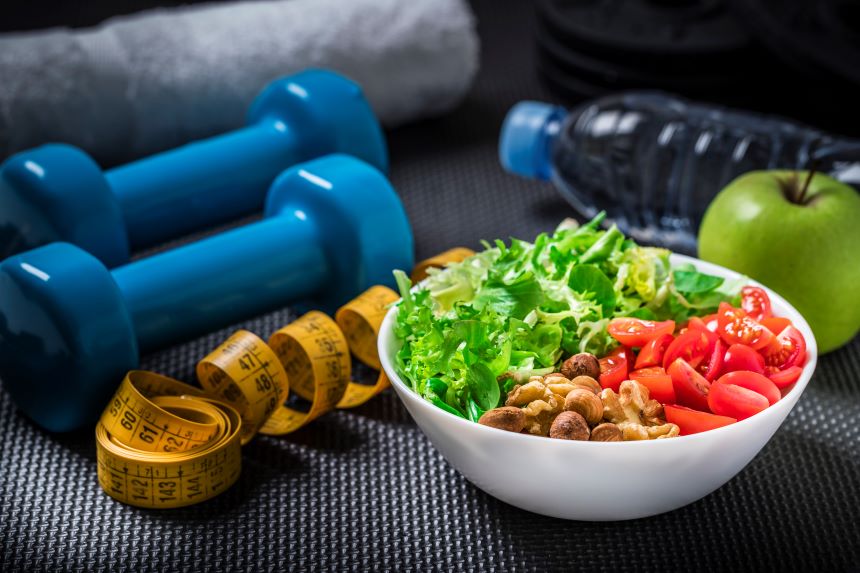Rhabdo: The Dark Side of Intense Workouts
Most of us realize jumping into an intense workout too fast after sitting out for several months can cause injury. For weekend warriors, that often translates to a pulled muscle or shin splints. The majority of these side effects usually resolve with rest, a heating pad or some ibuprofen.
Not so rhabdomyolysis, or rhabdo, a grim side-effect of aggressive exercise most gym buffs don’t know about.
Once considered a disorder affecting only hardcore athletes, fitness fanatics or military soldiers, cases of this rare but serious condition have become more common as intense fitness trends like extreme weightlifting, ultrarunning and spinning gain popularity.
What Is Rhabdo?
Often referred to by its nickname, rhabdomyolysis is a potentially life-threatening disorder caused by excessive muscle breakdown. During regular workouts, some muscle breakdown is normal. This breakdown stimulates the muscles to rebuild stronger.
But when the stress on your body is too great, the muscle fibers are destroyed and rhabdo can occur. Most cases of this condition happen when someone pushes themselves too hard in an athletic activity new to them. Newcomers to a spin class, CrossFit gym or appointment with a fitness trainer can make the mistake of overdoing it without even realizing it.
The Tell-Tale Signs
The hallmark symptom of rhabdo is dark, tea-colored urine that shows up one to three days after an extreme workout. Many people mistake this warning sign for a hematuria, which is blood in the urine caused by overstraining a muscle.
With rhabdo, however, this discoloration is actually a toxic protein called myoglobin. As overworked muscles begin to break down, these harmful proteins are released into the bloodstream. When these proteins flood the kidneys, they can cause permanent damage. The most serious complication of rhabdo is acute renal failure, which occurs in about 15 percent of patients who are diagnosed with the condition.
In addition to renal complications, rhabdo also can cause compartment syndrome, a painful condition that occurs when pressure within the injured muscles builds to dangerous levels, causing severe swelling and decreasing blood flow. Compartment syndrome often requires surgery to resume normal blood flow and prevent muscle tissue from dying.
Other signs of rhabdo include:
- Severe muscle pain out of proportion to your workout
- Stiffness but only in specific muscles
- Muscle weakness in one muscle group
- Localized swelling of exercised muscles
- Cramp-like sensation that lingers
Who’s At-Risk?
There are approximately 25,000 cases of rhabdomyolysis reported annually in the United States and the prevalence of acute kidney injury in rhabdomyolysis ranges from about 5 percent to 30 percent. The risk of exertional rhabdomyolysis has been linked to the intensity of the activity as well as the physical condition, hydration level and body temperature of the individual while working out.
While rhabdo often occurs following an intense exercise session, overexertion isn’t the only trigger. The condition also can result from:
- Alcohol abuse
- Certain medications
- Illicit drug use
- Muscle diseases
- Muscle trauma
Treating Rhabdo
Don’t panic if you experience some aches and pains post workout. If you’re sore all over, you’re most likely fine. Rhabdo symptoms are more focused. But if you are concerned you might have rhabdo, don’t hesitate to contact your doctor. Left untreated, rhabdo can be fatal.
If rhabdo is identified by your doctor, therapy includes large amounts of fluids, including IV treatment, to flush the kidneys and help prevent damage. Caught quickly, most people recover, and rhabdo is not considered a chronic condition. Hydration, an exercise break and easing back into workouts with a doctor’s guidance usually do the trick.
Staying Safe in the Gym
For most of us, a challenging workout by itself won’t send us to the hospital. However, there are a few simple steps to lower your risk of rhabdo.
- Before starting a new workout program, talk to your doctor about it.
- Ease into the new exercise routine slowly to lower the chance of any injury. It’s OK to be the newbie in the class.
- If you have taken a break from exercising, don’t jump back in at the same intensity as when you left it. Start with the lower weights or a slower pace and take your time building back up to where you were.
- Hydrate, hydrate, then hydrate some more. Most people who get rhabdo from working out aggressively also are dehydrated. Make sure to drink enough water before, during and after any exercise regimen.
- Avoid exercising in hot, humid conditions.
- Don’t consume high doses of supplements containing creatine or drink highly caffeinated energy drinks before working out.
- Know your limits and exercise within them. If you are struggling, slow down or stop. It’s OK to leave a class or ask a trainer to lower the intensity.
Choose to Stay in Touch
Sign up to receive the latest health news and trends, wellness & prevention tips, and much more from Orlando Health.
Sign Up




